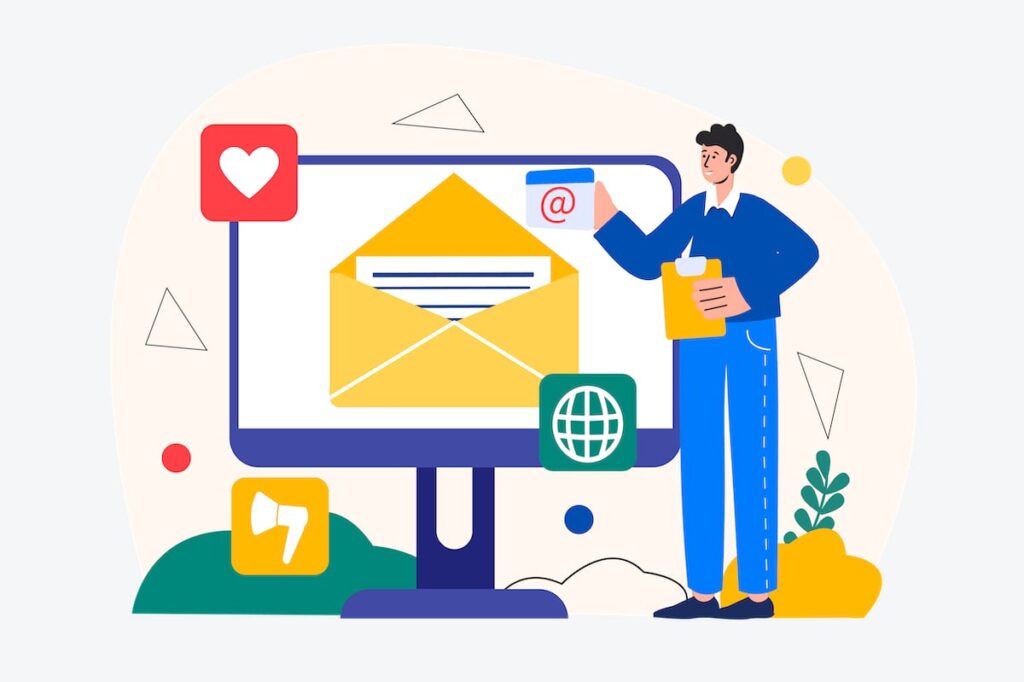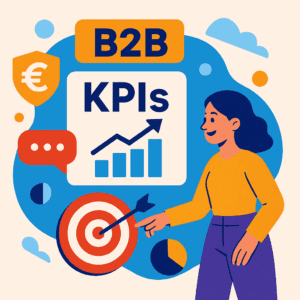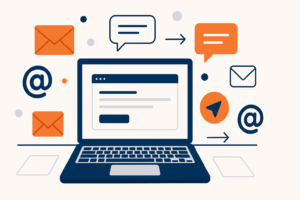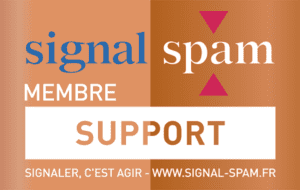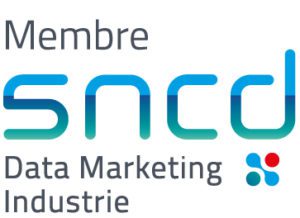Emailing can generate a negative brand image
For many Internet users, receiving spam from an advertiser is a real turn-off. The Internet user forms a negative opinion of the brand, and is unlikely to become a customer in the short or medium term.
But this statement needs to be qualified. What is spam?
By definition, this is unsolicited e-mail. But, in reality, it’s the recipient who subjectively decides whether it’s spam or not. In fact, most Internet e-mail providers base their decisions mainly on their users’ reports of spam, and don’t look to see if an e-mail is legitimate or not.
Moreover, legitimacy varies from one country to another. In France, for example, it is legal to send an unsolicited e-mail to a professional without his or her consent, as long as the message relates to his or her business.
On the other hand, a perfectly legitimate e-mail addressed to a private individual who has agreed to receive e-mails from a brand may be flagged as spam. All it takes is for the user not to feel concerned by the message, for the message to be badly targeted, or simply for the advertiser to send too many e-mails.
Please note that we do not advise you to send an unsolicited e-mail to a private individual. However, an appropriate and interesting message (both in terms of the offer and the added value of the content) sent to a professional without his or her consent will have no negative effect in most cases.
Internet users are in high demand
Open and conversion rates have tended to fall in recent years. Internet users, whether individuals or professionals, are receiving more and more e-mails every day. Competition in the mailbox is only increasing. Nevertheless, B-to-B email prospecting remains the most affordable marketing acquisition channel compared to other marketing channels. There’s still plenty of room for improvement before we consider abandoning it. This encourages us to improve the quality of the e-mails we send, both in terms of content and form, and to remain creative in order to stay ahead of the game.
Base quality can wipe out all efforts
A good message sent to the wrong target won’t produce good results. The same applies if half the addresses in the database are obsolete. Whether addresses are collected and managed in-house, or purchased, it’s important to keep your database up to date. Bad addresses must be removed from future mailings. Unsubscriptions must always be taken into account. And it’s crucial to take a few precautions before [purchasing a B2B prospecting database].
An emailing file loses its value over time
Individuals sometimes change their email address. Professionals change jobs. Over time, part of a database becomes unusable. The solution is to maintain a constant effort to collect new email addresses and compensate for this natural erosion. In concrete terms, 1 to 2% of the addresses in a database disappear every month. If a continuous effort is made to collect new contacts, this volume of contacts can easily be compensated for.
Deliverability can be a drag on results
Between unsolicited mass mailings without any targeting, and malicious e-mails such as phishing, Internet mail providers have equipped themselves to protect their users and clean up their inboxes. As a result, it has become almost impossible to get a large number of e-mails through to the inbox if the campaign is of poor quality.
Conversely, e-mail traffic of good quality will not be penalized.
Here is a list of points to consider before sending out a campaign.
Sending parameters must be well configured. The IP addresses used must be authenticated to have the right to send emails from the domain name of the sending address. These are settings to be made on the DNS of the sending domain name: SPF and DKIM. If you use an emailing platform, your service provider will manage these technical settings for you.
An anti-spam test before sending ensures that your IP addresses, the domain name of the sending address or the domain names of the links in your message are not listed in an anti-spam blacklist (or RBL for Realtime Blackhole List).
A thorough analysis of the error messages received when sending your campaign enables you to detect any problems and resolve them. When an e-mail is rejected by a mail server, the associated error message is often very instructive. The email address may no longer be valid, but the message may also have been refused for other reasons: it is considered spam, a blacklist has responded positively, there are too many reports of spam by users of a particular email provider, etc. Here again, if you use an email marketing platform optimized for prospecting, your service provider will take the necessary actions to maintain the best possible deliverability according to the quality of your email traffic.
Emailing is not suitable for certain targets
Some targets are less responsive to email marketing. These include individuals under the age of 25, who only use their email address for service messages. For most of them, social networks such as Snapchat are more appropriate.
Similarly, for certain ultra-competitive activities with little differentiation between service providers, it will be more difficult to make an email marketing campaign profitable. Here are just a few examples: pet insurance, window sales, employee luncheon vouchers, etc.
This disadvantage can be compensated for by building brand awareness through advertising. A brand with high brand awareness systematically has a lower ratio of spam reports. We have very clear statistics on this subject. For example, we have twice observed that a TV advertising campaign (for a car manufacturer) reduced spam reports by 50%.
The lifespan of an email campaign is short
Once a campaign has been sent out, a flow of visitors is sent to the landing page or website for a few days. Mainly the first two days. A week later, there’s no impact at all. Some users may archive the message for later processing, or bookmark the website. But these are in the minority. An email campaign therefore has a lifespan of just one week.
Don’t panic, the solution is simple if you want a constant flow of traffic or leads: send every week. To the same recipients, provided your e-mails contain information that’s relevant and instructive for your target audience (e.g. educational content), or to a different target if you’re addressing a wider audience.
There are a number of technical constraints, and setting up an emailing campaign is relatively complex.
There are many things you can’t put in an email message: scripts, a video player, original fonts, etc… Or rather, you can, but the result is random depending on the recipient’s email environment.
Correct display on computers, tablets and mobiles requires a message that is either ultra-simple or responsive (adapts to the user’s resolution).
But there’s no need to learn HTML and CSS coding. If you’re using a full-featured email marketing platform, you’ll have access to a responsive editor that lets you design beautiful responsive messages without any special knowledge. You can also delegate the creation of responsive emailing to professionals.
Emailing, the essential channel for developing B-to-B business

